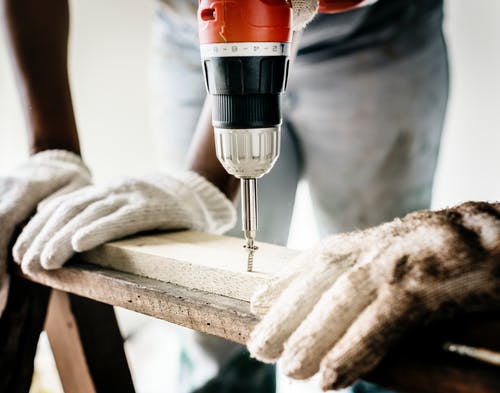Damage to commercial property due to water damage is one of the most common reasons for insurance claims and is expensive. The damage caused by water in business structures is a significant issue that requires attention in the quickest manner possible. Various factors may lead to water damage, including damaged windows, roofs that leak or break pipes, clogged pipes, HVAC systems, and sprinkler systems.
Fortunately, it is possible to safeguard one’s home from water damage by installing an automated flood monitor, purchasing an insurance policy that covers flooding, and regularly checking and maintaining one’s home and facilities.
Protect Your Business
Poor maintenance and weather conditions can cause water damage to a business’s property. It is possible to reduce expenses and avoid costly repairs and upgrades by creating detailed plans and following standard checks. Because water damage is an issue for businesses and their employees, how can they avoid it? Here are recommendations to help you avoid this happening shortly.
1. Find a Well-Constructed Building
Properly designed spaces prevent future destruction. Engaging experts to verify the building’s integrity can give peace of mind to businesses. Planning, adhering to the plan, and testing for quality assurance could ensure an excellent product.
Companies should look into the development of pre-built facilities. Have you seen this structure suffer considerable water damage? Was it constructed to code? Is it a flood-prone location, or is the pipe old? Before you use the facility for business purposes, look at these factors.
2. Seal Holes and Cracks
A structure may be flooded in many ways, and some could be concealed. If you are moving your business into a new property, inspect the insulation for holes or cracks and make sure to seal the cracks. Water and drafts depend on it. Floodwater will have fewer access points by filling these access points.
In addition, it prevents cold winds from entering, preventing pipes from freezing or bursting. If you want to avoid any further water damage, repair the cracks as quickly as possible with the help of reputable restoration companies in your area.
3. Repair Old Pipes
If a building’s piping requires replacement, begin there. Whatever material they’re made from, old pipes can break. Corrosion in aged metal pipes can lead to unsanitary drinking water and a significant clean-up headache in the case of a pipe rupture. Before repairing, it’s good to consider all available alternatives for new plumbing.
It’s also advisable to protect pipes from colder weather. Numerous hardware stores can supply the materials you require; however, you may need to think about hiring experts like the San Bernardino restoration company for the job.
4. Invest in a Dehumidifier
The chance to avoid water damage from a flooded facility is limited for companies. Once the floodwaters have receded, the area must be dehumidified. Mold and structural damage may result from water that remains for days following the leak.
A humidifier can remove all of its water-based contents and air to ensure that the space is dry. Following a flood dehumidifier may help protect structures from the further harm caused by the moisture.
5. Use Flood Control Kits
Utilize a flood control kit in case of a pipe break to prevent water damage. The essential things include quick dams, sandbags, a wet vacuum, buckets, tarps, and a sponge mop. Water can be kept out of the crucial equipment using sandbags or temporary dams. Keeping these devices safe is covered with tarps if the leak comes directly from the ceiling.
The flooded area may be cleaned out using sponge mops, wet vacuums, and buckets. When combined with a humidifier flood control kit, it can stop extensive water damage from companies.

